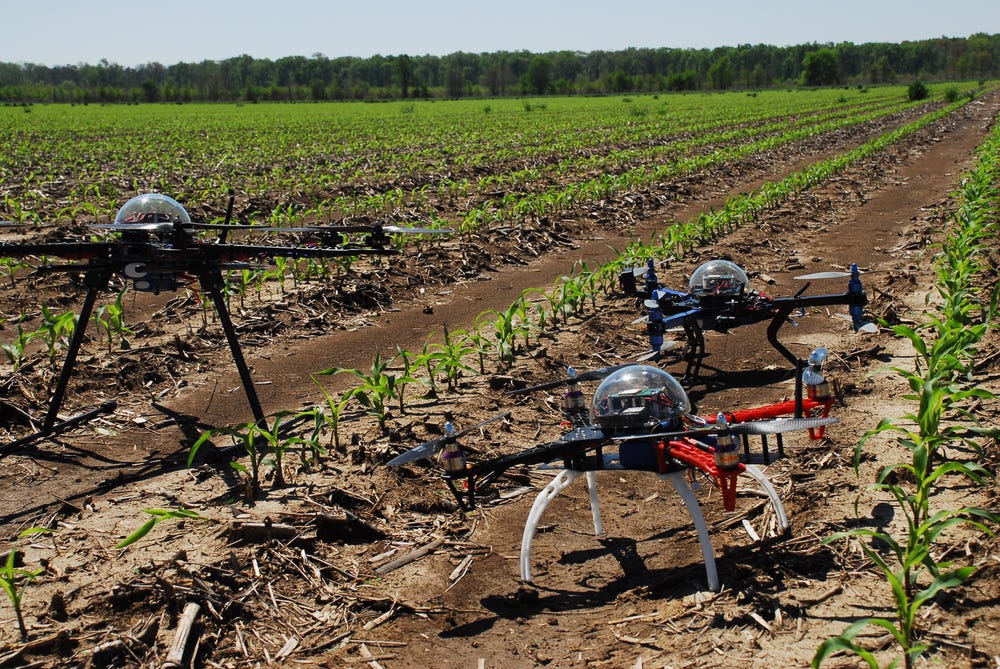
The Future of Work: Remote and Hybrid Models
The COVID-19 pandemic has brought about a significant shift in the way we work, with many companies adopting remote and hybrid models to ensure business continuity. As the world slowly returns to normal, one thing is clear: the future of work will be vastly different from what we knew before. In this article, we will explore the future of work, focusing on remote and hybrid models, and what it means for employees, employers, and the global economy.
The Rise of Remote Work
Remote work, also known as telecommuting or working from home, has been around for decades. However, it was not until the pandemic that it became a necessity for many companies. With governments imposing lockdowns and social distancing measures, many employees were forced to work from home to minimize the spread of the virus. As a result, remote work has become the new normal, with many employees and employers realizing the benefits it offers.
According to a survey by Gallup, 43% of employed adults in the United States are working remotely at least some of the time, up from 31% in 2020. Another survey by Global Workplace Analytics found that the number of people working from home has increased by 159% since 2013.
Remote work offers numerous benefits, including increased flexibility, reduced commuting time, and improved work-life balance. For employees, it means they can work from anywhere, at any time, as long as they have a stable internet connection. For employers, it means reduced costs on office space, utilities, and other overhead expenses.
The Emergence of Hybrid Models
While remote work has its advantages, it also has its limitations. Many employees miss the social interaction and human connection that comes with working in an office. This is where hybrid models come in – a combination of remote and in-office work.
Hybrid models allow employees to work from home some days of the week and go to the office on other days. This approach offers the best of both worlds, providing employees with the flexibility they need while also allowing for face-to-face interaction and collaboration.
One popular hybrid model is the "two-plus-three" schedule, where employees work from home two days a week and go to the office three days a week. Another approach is the "core hours" model, where employees are required to be in the office during certain hours of the day, but have the flexibility to work from home or anywhere else outside of those hours.
The Benefits of Hybrid Models
Hybrid models offer several benefits, including:
- Improved collaboration: Hybrid models allow for face-to-face interaction, which is essential for building strong relationships and fostering collaboration among team members.
- Increased productivity: With the flexibility to work from home and the office, employees can choose the environment that works best for them, leading to increased productivity.
- Better work-life balance: Hybrid models provide employees with the flexibility to balance their work and personal life, leading to improved overall well-being.
- Cost savings: Hybrid models can reduce the need for office space, utilities, and other overhead expenses, leading to cost savings for employers.
The Challenges of Implementing Remote and Hybrid Models
While remote and hybrid models offer numerous benefits, they also come with their own set of challenges. Some of the common challenges include:
- Communication and collaboration: Remote and hybrid models require employers to find new ways to communicate and collaborate with employees, which can be a challenge.
- Technology and infrastructure: Employers need to invest in the right technology and infrastructure to support remote and hybrid work, including virtual private networks (VPNs), cloud-based software, and reliable internet connectivity.
- Security and data protection: With employees working from home, there is a higher risk of data breaches and cyber-attacks, which employers need to mitigate.
- Performance management: Employers need to find new ways to manage performance and productivity, as traditional methods may not be effective in a remote or hybrid setting.
The Future of Work
As we look to the future, it is clear that remote and hybrid models are here to stay. The pandemic has accelerated the shift towards more flexible work arrangements, and employees and employers alike are realizing the benefits.
According to a survey by PwC, 78% of CEOs believe that remote work will continue to be a permanent part of their business model. Another survey by Gartner found that 47% of companies plan to allow employees to work from home full-time, while 43% plan to allow hybrid work arrangements.
Skills for the Future of Work
As the nature of work changes, the skills required to succeed are also evolving. Some of the key skills for the future of work include:
- Digital literacy: Employees need to be proficient in digital tools and technology to work effectively in a remote or hybrid setting.
- Communication and collaboration: Employees need to be able to communicate and collaborate effectively with colleagues and managers, even when they are not physically present.
- Time management and discipline: Employees need to be able to manage their time effectively, prioritize tasks, and be disciplined in their work habits.
- Emotional intelligence and empathy: Employees need to be able to empathize with colleagues and customers, and manage their emotions in a remote or hybrid setting.
Conclusion
The future of work is rapidly changing, and remote and hybrid models are leading the way. While there are challenges to implementing these models, the benefits are clear, including increased flexibility, improved productivity, and cost savings.
As we look to the future, it is essential for employees, employers, and governments to work together to create a framework that supports remote and hybrid work. This includes investing in the right technology and infrastructure, developing new skills and competencies, and creating policies and procedures that support flexible work arrangements.
In conclusion, the future of work is remote and hybrid, and it is up to us to shape it. By embracing these new models, we can create a better, more flexible, and more productive workforce that benefits everyone.





